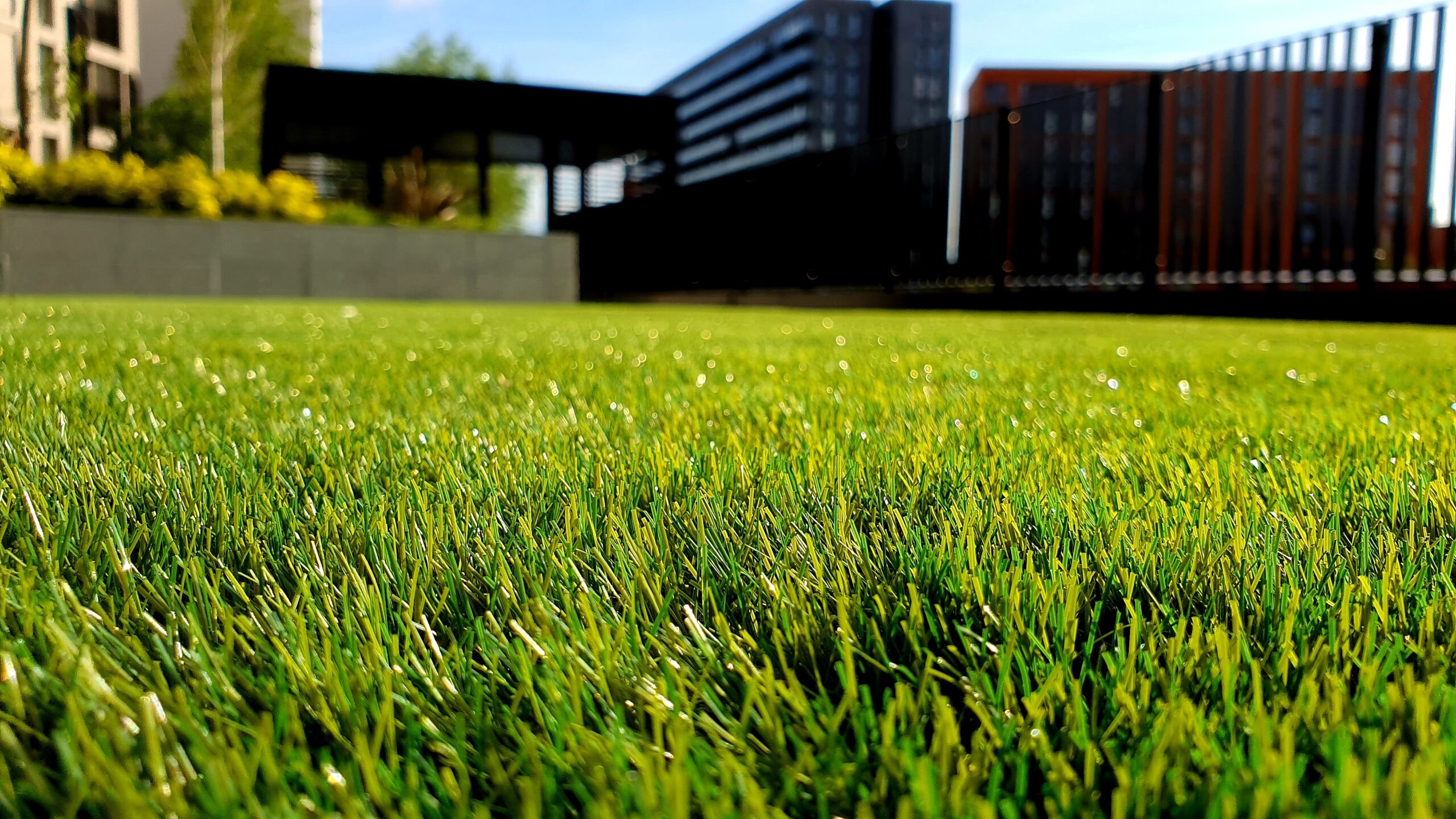Take note of these helpful tips that your lawn needs
before the onset of winter.
The best way to ensure a thick, green,
and healthy lawn in the spring is to give it some well-timed care in the
fall—in other words, right now. Many homeowners make the same basic mistakes
before grass goes dormant, and then wonder why their grass isn’t doing better
the following year. Wonder no more. Here is a seven-step program to getting a
beautiful lawn next year.
Fall Lawn
Care Tips
1. Remove the leaves.
A carpet of colorful autumn leaves may
look nice and be fun to play in, but they’re no good for grass. They block the
light and trap moisture, potentially fatal knockout punches for the unlucky
turf underneath. So when the leaves are falling, blow or rake them away as
often as you can. Even after the trees are bare, continue raking out the
corners where the wind piles leaves up. If you don’t, come spring, the grass
under that soggy, decaying mat will be dead.
2. Keep cutting, but to the correct height.
Don’t put that mower away yet. Grass
continues to grown up to the first hard frost, and so will need regular cuts to
keep it at an ideal 2½- to 3-inch height. If you let it get too long, it will
mat and be vulnerable to fungi like snow mold.
Cutting grass too short is just as bad,
because it curtails the root system—root depth is proportional to cutting
height—and impedes the lawn’s ability to withstand winter cold and dryness.
Regular mowing also gets rid of those pesky leaves, chopping them up and
leaving behind a soil-enhancing mulch.
3. Continue watering.
People tend to let up on watering in the
fall as the weather gets cooler. While it’s true that there’s more rain, more
dew, and less evaporation at this time of year, that may not be enough to keep
the grass roots well hydrated and healthy going into the winter.
If your lawn isn’t getting at least an
inch of water a week—a simple rain gauge is a useful way to keep track—then
keep the sprinklers or irrigation system running until the end of October. By
that time, you’ll want to disconnect hoses and flush the irrigation system to
avoid frozen pipes and spigots.
4. Loosen the soil.
Regular aeration prevents soil from
becoming compacted and covered with thatch, a thick layer of roots, stems, and
debris that blocks water, oxygen, and nutrients from reaching the soil. A core
aerator corrects both problems by punching holes through that thatch and
pulling up plugs of soil.
5. Add fertilizer.
Just as grass roots need water to last
the winter, they also benefit from a shot of the plant sugars that protect
roots from freezing and give the entire plant the energy to bounce back in the
spring. Those sugars are produced by chlorophyll, which grass produces in
abundance when there’s enough nitrogen.
Potassium is also important at this time
because it aids in root growth, disease protection, drought tolerance, and cold
resistance.
6. Spread seed.
Not only does that fill in thin spots or
bare patches, it allows you to introduce the latest in resilient,
drought-tolerant grasses. Fall is the best time to overseed because the ground
is still warm, moisture is more plentiful, nights are cool, and the sun is not
as hot during the day.
You can’t simply broadcast seeds over an
established lawn and expect them to take hold. They need to be in full contact
with the soil, kept moist until they germinate, and be well enough established
before it gets too cold. Renting a slit seeder is a better option than broadcasting,
but those machines are notorious for tearing up turf and leaving your lawn
looking like a harrowed field.
7. Stay on schedule.
Each of the steps above has to be done at
the right time for best results. Otherwise, it’s wasted effort. For instance,
overseed too late and the seedlings will be too tender to survive. Fertilize
too early and the grass will send up tender blades that will get hammered by
the cold. Fertilize too late and the grass roots won’t be able to absorb all
those nutrients you’re feeding them. Thinking about aerating in the spring
because you can’t get around to it this fall? Don’t bother. Spring aeration
just makes it easier for weed seeds to get established.
If sticking to the schedule during the
fall is proving too difficult, a lawn care service can handle the jobs that
aren’t getting done. Most often, those are the ones that require renting heavy
machinery like core aerators and slit seeders, which are hard to transport, a
bear to operate, and often in short supply at the rental yards at this time of
year. Delegating one or two of those chores to a pro during this busy season
will ensure the work gets done when it should—and that you will be enjoying a
thick carpet of green grass next year.
Check out all of Far North International’s Wire Materials,
Garden Products, Tools and more! Visit
our website: https://farnorthcorp.com/

